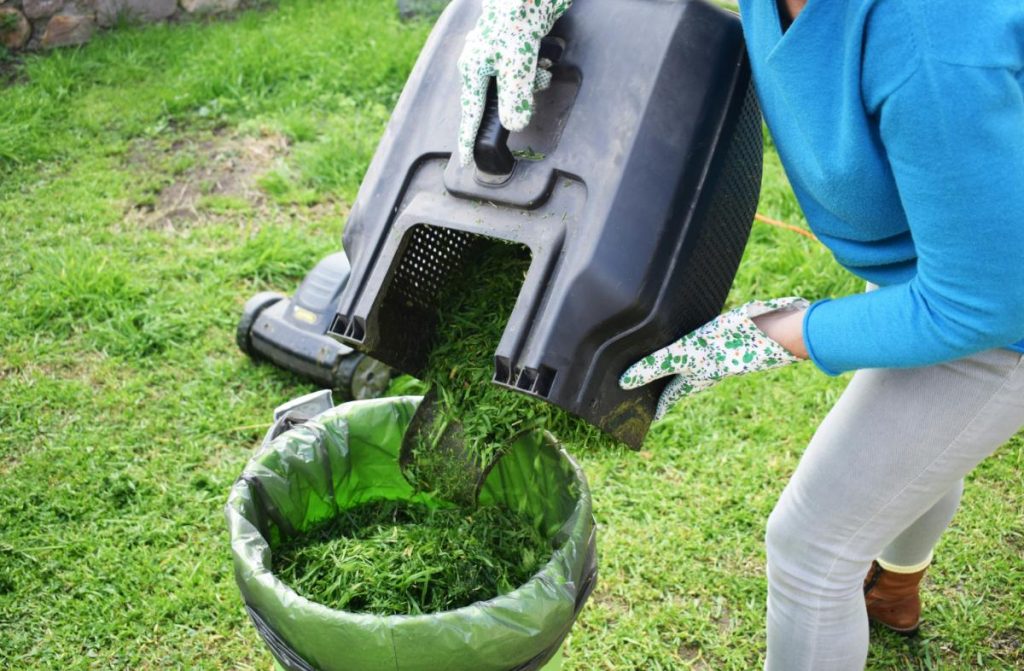Choosing the right mower for heavy-duty lawn care can really impact your yard’s appearance as well as how efficiently you can mow it. Large yards or tough grass types require tough equipment to handle the job effectively. The best mower for heavy-duty lawn care depends on your specific yard size, terrain, and grass type.

For big lawns more than half an acre in size, riding mowers or zero-turn mowers are often the best choices. These machines offer wider cutting decks and faster ground speeds, allowing you to cover more area in less time. Many feature powerful engines, such as vertical shaft mower engines, provide the necessary torque for tackling thick grass and uneven terrain.
When you’re looking at heavy-duty mowers, pay attention to key features such as cutting width, engine power, and durability. Go for models with adjustable cutting heights, comfortable seating, and easy-to-use controls. Some mowers even have mulching capabilities or bagging systems, cutting down on other lawn care tasks like raking.
Identifying Your Lawn Care Needs
Choosing the right mower begins with thinking about your specific lawn care requirements. This involves evaluating your property’s characteristics and understanding the various mower options available to match your needs.
Assessing Yard Size and Terrain
The size and layout of your yard play a key role in determining the best mower for your needs. For small to medium-sized lawns under 1/4 acre, push mowers or self-propelled models are often sufficient. Larger yards over 1/2 acre may benefit from riding mowers or lawn tractors.
Terrain is equally important. Flat, even surfaces are easier to mow with any type of mower. Hilly or uneven terrain requires more powerful and maneuverable options. Steep slopes might need specialized equipment or manual trimming.
Consider obstacles like trees, flower beds, and walkways. These features impact maneuverability requirements and may influence your choice between standard mowers and zero-turn models.
Evaluating Mower Types
Different mower types suit various lawn care scenarios. As mentioned earlier, push mowers are ideal for small, flat yards and offer precise control. Self-propelled mowers reduce operator fatigue and handle slight inclines well.
Riding mowers and lawn tractors excel in large yards, saving time and effort. Zero-turn mowers provide exceptional maneuverability around obstacles and are perfect for expansive, complex landscapes.
Robotic mowers offer hands-free operation and are suitable for well-maintained, relatively flat lawns. Reel mowers provide a clean cut for short grass but require more physical effort.
Mower Power Sources
Mower power sources affect performance, maintenance, and environmental impact. Gas-powered mowers offer high performance and extended runtime but require fuel and more maintenance.
Electric mowers come in corded and cordless varieties. Corded models provide consistent power but limit range. Battery-powered mowers offer cordless convenience but may have shorter run times.
Fuel type considerations include availability, cost, and environmental concerns. Gas engines typically provide more power, while electric motors offer quieter operation and lower emissions.
Battery technology has improved, making cordless electric mowers more viable for mid-sized yards. Consider battery life and charging time when choosing one of these models.
Features and Specifications to Consider
When selecting a heavy-duty lawn mower, several key factors can greatly impact performance and efficiency. These include cutting capabilities, maneuverability, and additional features.

Cutting Performance Factors
Deck size and cutting width are the most important factors to look at for efficient mowing. Larger decks cover more area per pass, reducing overall mowing time. Cutting heights typically range from 1 to 4 inches, adjustable to suit different grass types and conditions.
Mulching, bagging, and side discharge options offer versatility in grass clipping management. Mulching blades finely chop clippings, returning nutrients to the lawn. Bagging systems collect debris for a clean finish. Side discharge is useful for tall or wet grass.
Engine size directly affects cutting power. For heavy-duty mowing, look for engines with at least 22-24 horsepower. This ensures consistent performance even in thick or damp grass.
Mower Movement and Control
Drive systems impact maneuverability and ease of use. Front-wheel drive offers good traction on flat terrain. Rear-wheel drive provides better grip on slopes and uneven ground. All-wheel drive excels in challenging conditions but may be less fuel-efficient.
Hydrostatic transmissions allow for smooth speed adjustments without shifting gears. This improves control and reduces operator fatigue during long mowing sessions.
Variable speed controls let users set their preferred pace. This feature is particularly useful when mowing around obstacles or on different grass densities.
Advanced Features
Electric start systems eliminate the need for pull cords, making it easy to start your mower every time you use it. This is especially beneficial for older people or those with limited upper body strength.
Hour meters track usage, helping schedule maintenance and assess the mower’s lifespan. This feature is valuable for commercial operators or people who manage large properties.
Brushless motors, found in some electric mowers, offer increased efficiency and durability. They require less maintenance than traditional brush motors.
Runtime is a key consideration for battery-powered mowers. Look for models offering at least 60 minutes of continuous use for larger lawns.
Selecting the right mower for heavy-duty lawn care requires careful consideration of several factors. Lawn size, terrain type, and desired features all play crucial roles in making an informed decision. For larger properties or challenging terrain, riding mowers offer efficiency and comfort.
Powerful engines, wide cutting decks, and durable construction are essential for tackling tough grass and uneven ground. By evaluating these key aspects and matching them to specific lawn care needs, homeowners can choose a mower that will effectively maintain their property for years to come.
